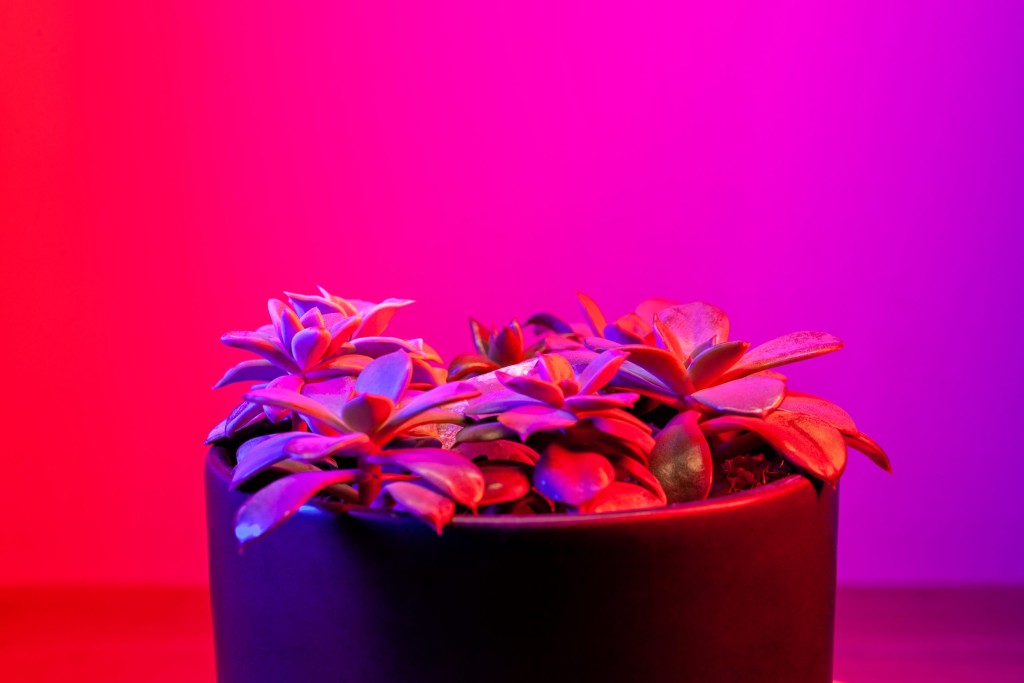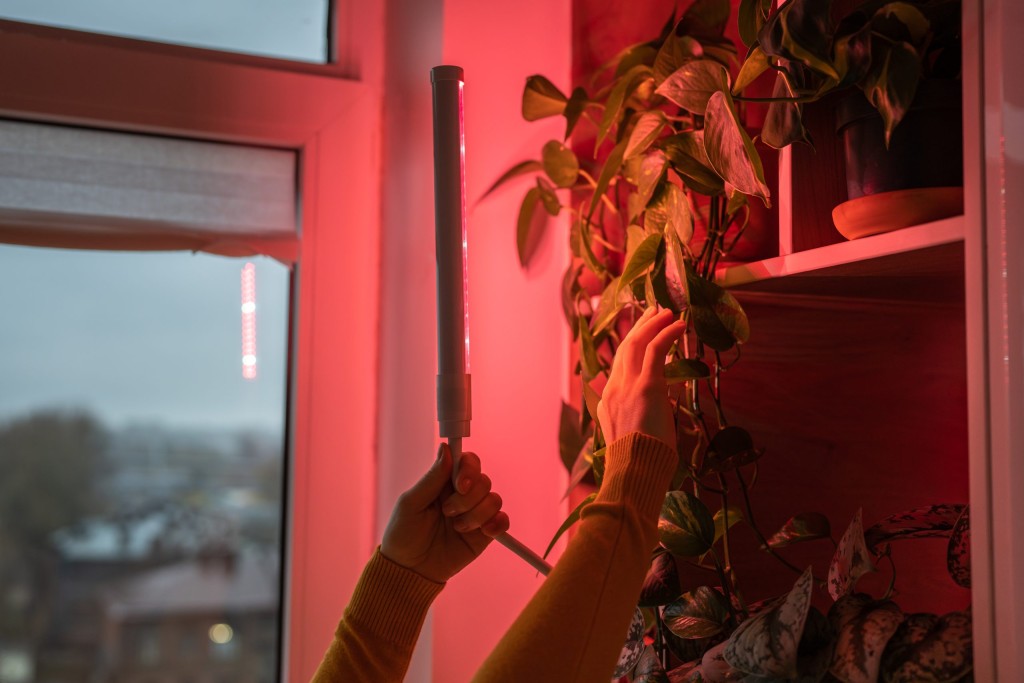The Role of Red & Far Red Light in Plant Growth
Among the different growth light spectrums, red and far red light might be something you’ve heard about but are not familiar with. Is red light important in the stages of plant growth? If so, what exactly does red light do for plants? In this article, we’ll walk you through the role of red and far red light and explore the magic of red grow lights.
What Does Red Light Do for Plants
Red light, generally ranging from 620 to 750 nanometers, is a key element for plant photosynthesis. In this wavelength, red light is absorbed by chlorophyll, the green pigment in plant cells, enabling plants to convert light energy into chemical energy to produce crops.
In addition to aiding in photosynthesis, red light is vital for various growth stages, particularly during the flowering phase. It helps regulate flowering time in some plant species, such as weeds and herbs, ensuring they flower when environmental conditions are most favorable.
What Does Far Red Light Do for Plants
Far-red light, as the name suggests, refers to light that is at the far end of the visible red spectrum but before the infrared. This type of red light typically falls within the range of 700 to 750 nanometers in wavelength and can hardly be seen by human eyes.
Far-red light was long believed to have little to no benefit for plants. However, recent findings have revealed that far-red light can significantly influence plant growth when incorporated into full-spectrum grow light environments.
For example, research by Dr. Shuyang Zhen and Dr. Bruce Bugbee has demonstrated that far-red light can increase plant biomass and improve the photosynthetic rate. Their studies showed that adding far-red light to a spectrum of shorter wavelengths increased photosynthesis equivalent to adding light from the Photosynthetically Active Radiation (PAR) range (400-700 nm) of the same intensity.
The impact of far-red light on photosynthesis varies by species, but results were most significant when wavelengths between 700-750 nm were added to the light spectrum. Red leaf lettuce, corn, soybeans, and tomatoes saw an increase in photosynthetic rates by 20-30%, while kale had the most significant increase at 59%.
Science behind Far Red Light for Plants
How does far red light work the trick? Well, far-red light interacts with phytochromes, light-sensitive proteins that help plants detect light conditions. Phytochromes can sense the ratio of red to far-red light, influencing plant processes such as flowering and shade avoidance.
For instance, when plants are exposed to more far-red light than red light, they may ‘think’ they are shaded by taller plants, prompting them to grow taller or lean toward the light source. This phenomenon helps plants optimize their access to light for photosynthesis.
Additionally, far-red light affects flowering time, especially in species that require specific light conditions for blooming. Depending on the plant’s sensitivity to light, far-red light can either advance or delay the flowering process.
Utilizing Red Grow Light in Indoor Plant Growth
If you want to manipulate light wavelengths to enhance plant health and productivity, a great option is the 2025 Mars Hydro ADlite Deep Red + Blue Supplemental LED Grow Light. This supplemental lighting set is designed to fulfill the ideal light spectrum for plant health, focusing on both blue and deep red light, which is crucial for photosynthesis and flowering.
Each of the two light bars in this combo (15W each) emits a targeted spectrum that includes both 660nm red light and 440nm blue light. By encouraging larger and stronger flowers and fruits, the Mars Hydro red supplemental light enhances the overall yield. Moreover, deep red light enriches the color of blooms and fruits and increases their sweetness, leading to a more vibrant and flavorful harvest.
For anyone looking to improve their indoor garden, the 2025 Mars Hydro ADlite LED Grow Light Bars offer a practical and effective solution. By using this supplemental lighting, growers can fine-tune the light spectrum to meet the specific needs of their plants, whether they’re focused on enhancing vegetative growth or encouraging flowering.
Answered: Is Red Light Good for Plants
Yes, red light helps plant photosynthesis and flowering regulation, as long as you use it properly. By incorporating red light into your grow tents, grow rooms, greenhouses, etc., you stand a chance to enhance plant health, promote strong blooms, and boost fruit production. For those looking to maximize their indoor gardening results, the Mars Hydro ADlite Deep Red + Blue Supplemental LED Grow Light is highly recommended. With its combination of red and blue light, it provides a balanced spectrum that caters to various plant growth stages, ensuring a productive and thriving garden.







